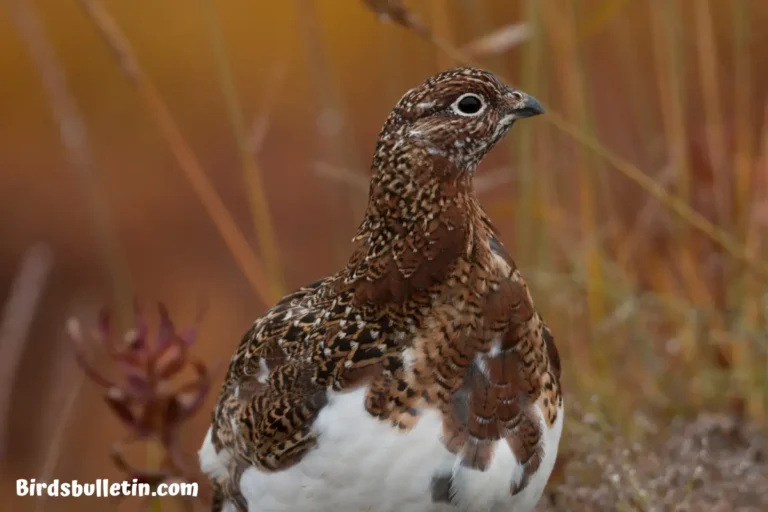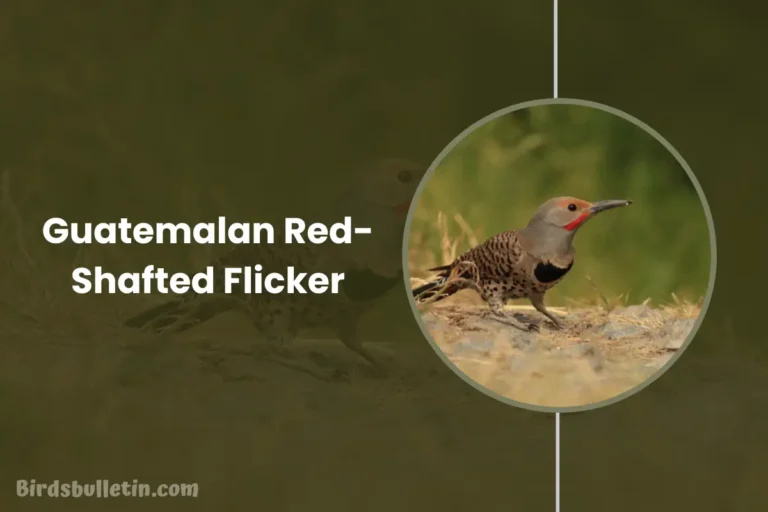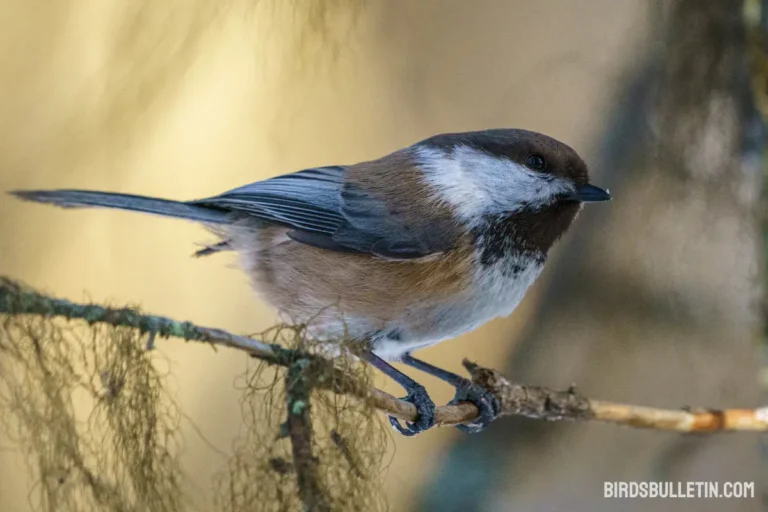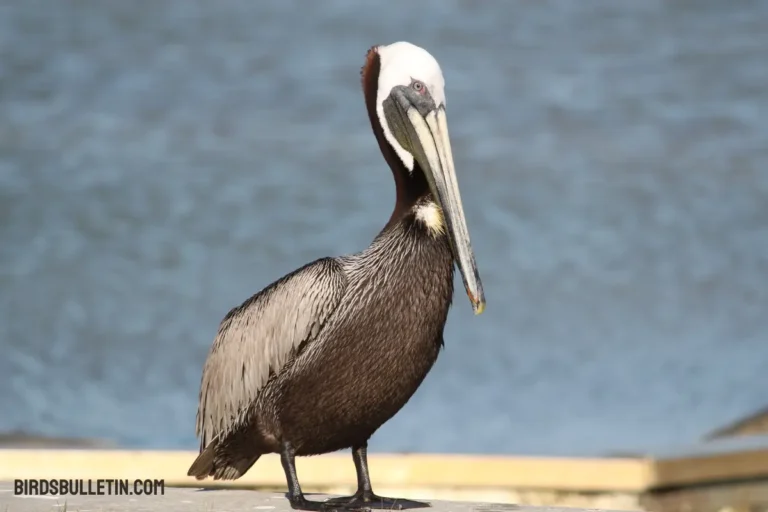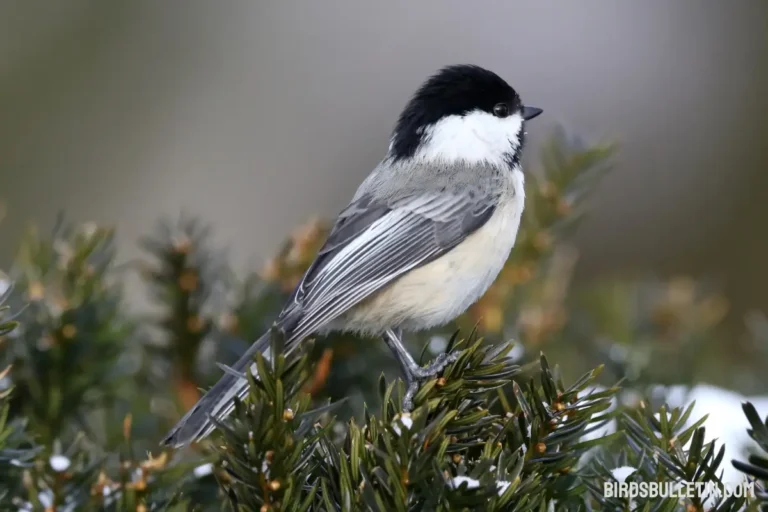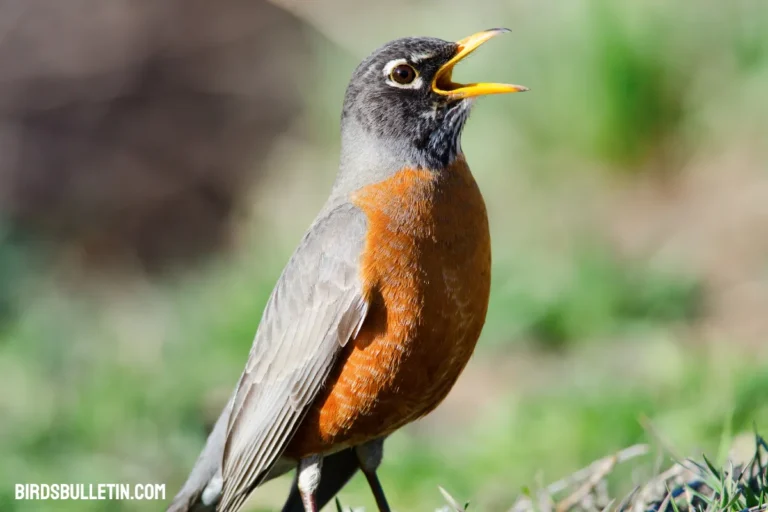Turdus Migratorius Caurinus (Northwestern Robin)
The northwestern American robin (Turdus migratorius caurinus) is a peculiar subspecies found along the Pacific coast from Alaska to Oregon.
Adapted to its wet, mild climate, this dark-headed robin resides year-round across much of its coastal range. Let’s take a closer look at this western songbird.
Looking for more overview about bird subspecies:
Scientific Classification
- Kingdom: Animalia
- Phylum: Chordata
- Class: Aves
- Order: Passeriformes
- Family: Turdidae
- Genus: Turdus
- Species: T. migratorius
- Subspecies: T. m. caurinus (Northwestern Robin)
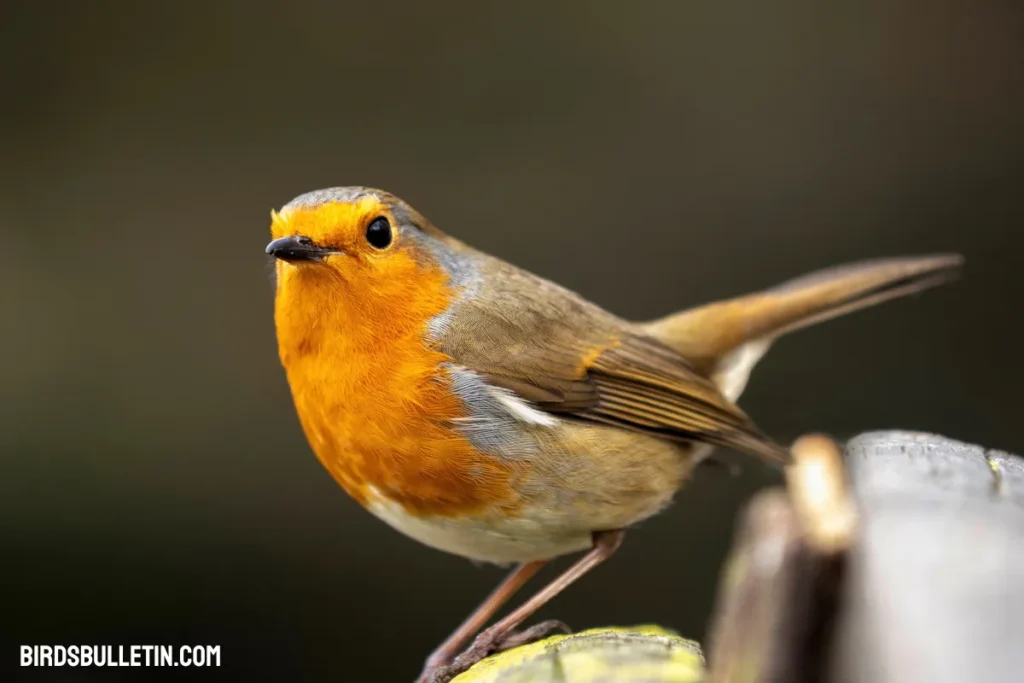
Identification
The northwestern robin is slightly smaller than the eastern subspecies and is characterized by its very dark head. Its distinctive features include restricted white tips on the outer two tail feathers, setting it apart from other subspecies. These unique markings aid in their identification, especially for birdwatchers and ornithologists.
Location
The northwestern robin’s breeding grounds encompass southeastern Alaska, coastal British Columbia, Washington, and northwestern Oregon. During winter, they migrate southward, reaching southwestern British Columbia, central and southern California, and extending east to northern Idaho.
Interesting Facts
- The northwestern robin’s dark colors are an adaptation to its wet climate.
- Its diet consists of earthworms, berries, and marine invertebrates like crabs.
- This subspecies suffers lower nesting success rates than other robins.
- Males sing from high perches in dawn breeding displays.
- Roughly 10 million northwestern robins inhabit the coastal region.
Status
The northwestern robin has a limited range but is common within its coastal habitat. It is classified as a species of Least Concern by the IUCN. Habitat loss and predators impact populations. Providing natural food sources in gardens can support these robins.
Conservation of Natural Habitat
Conserving the natural habitats of northwestern robins is vital for their survival. Protecting the diverse ecosystems they inhabit, including coastal areas, woodlands, and open spaces, is essential.
Preservation of their breeding and wintering grounds, along with sustainable forest management practices, contributes significantly to their conservation.
Frequently Asked Questions
1. What is the significance of the restricted white tips on their tail feathers?
The restricted white tips on the outer two tail feathers of northwestern robins serve as an individual feature. Birdwatchers’ researchers in identifying this specific subspecies.
2. Are northwestern robins commonly seen in urban areas?
While northwestern robins primarily inhabit wooded areas and coastal regions, they can occasionally be found in urban and suburban areas, especially during migration and winter, where suitable food sources are available.
3. What is the northwestern robin’s habitat?
It inhabits coniferous and mixed evergreen forests along the Pacific coast, from Alaska to Oregon. It prefers moist forests with open areas.
Summary
The northwestern robin, with its distinct appearance and migratory patterns, adds to the rich avian diversity of the northwestern region of North America. Its ability to adapt to different habitats and cover extensive distances during migration showcases its resilience.
While their population remains relatively stable, ongoing conservation efforts are essential to safeguard their habitats and ensure their presence in the diverse ecosystems they inhabit.


